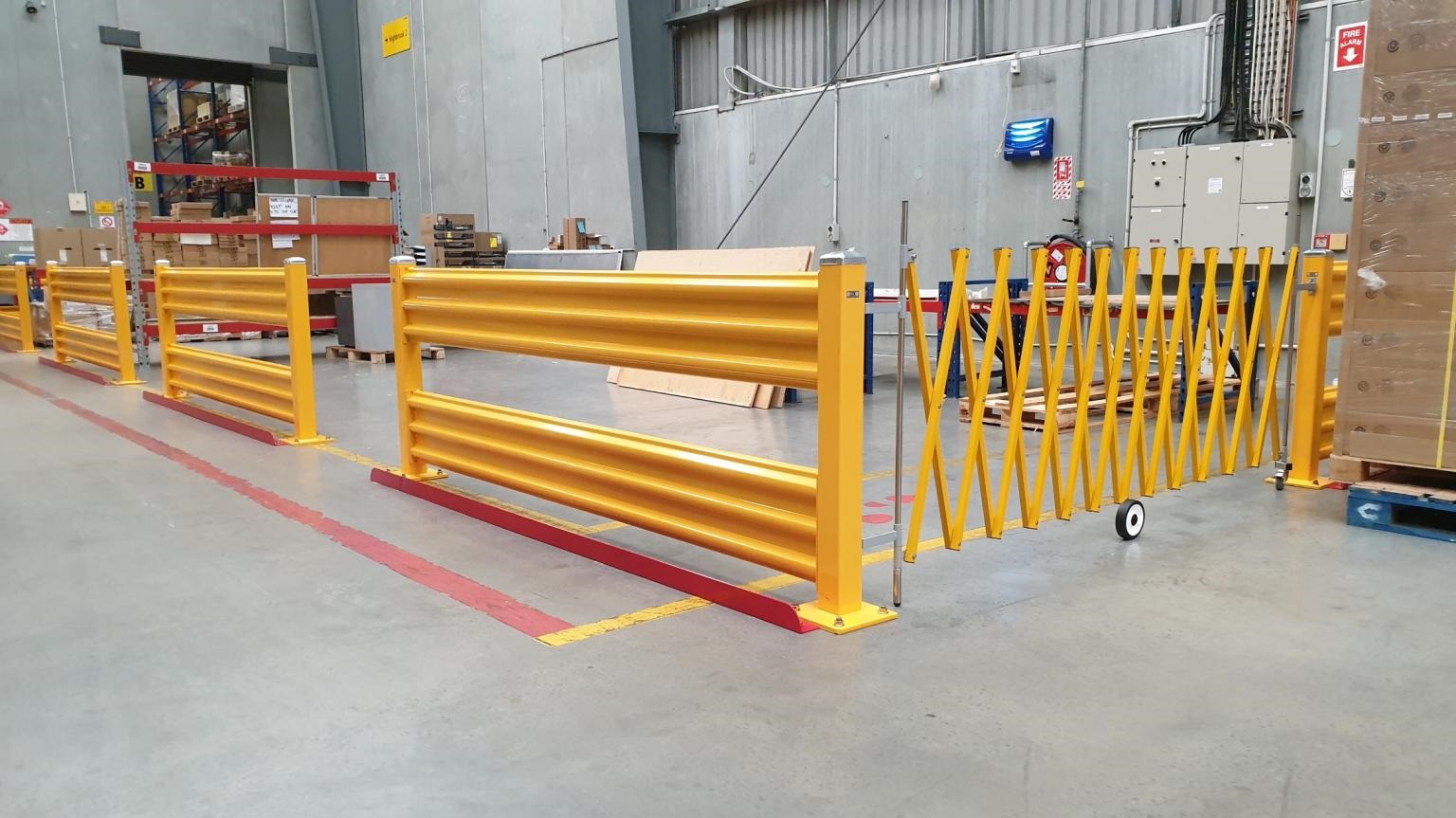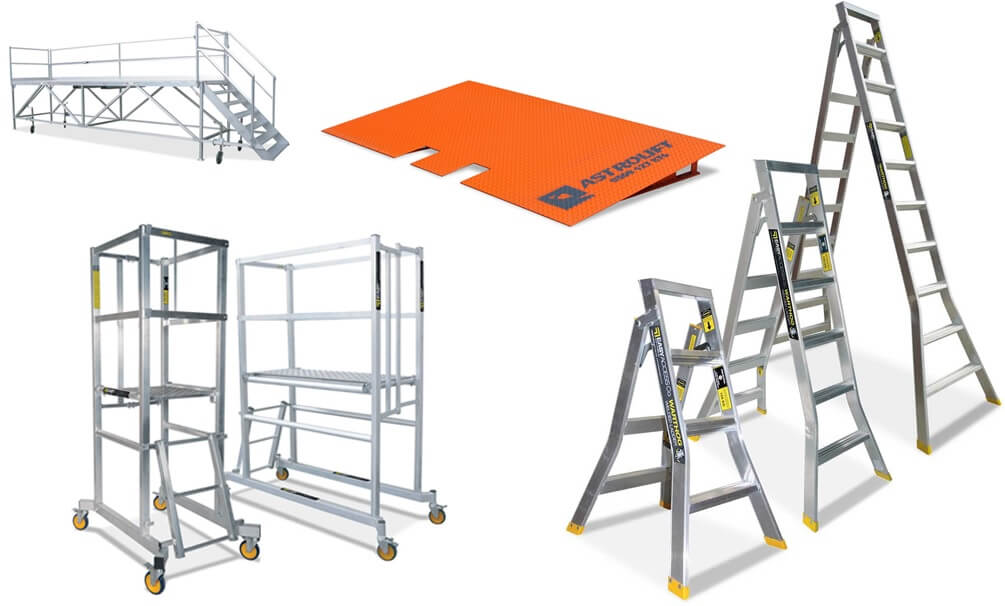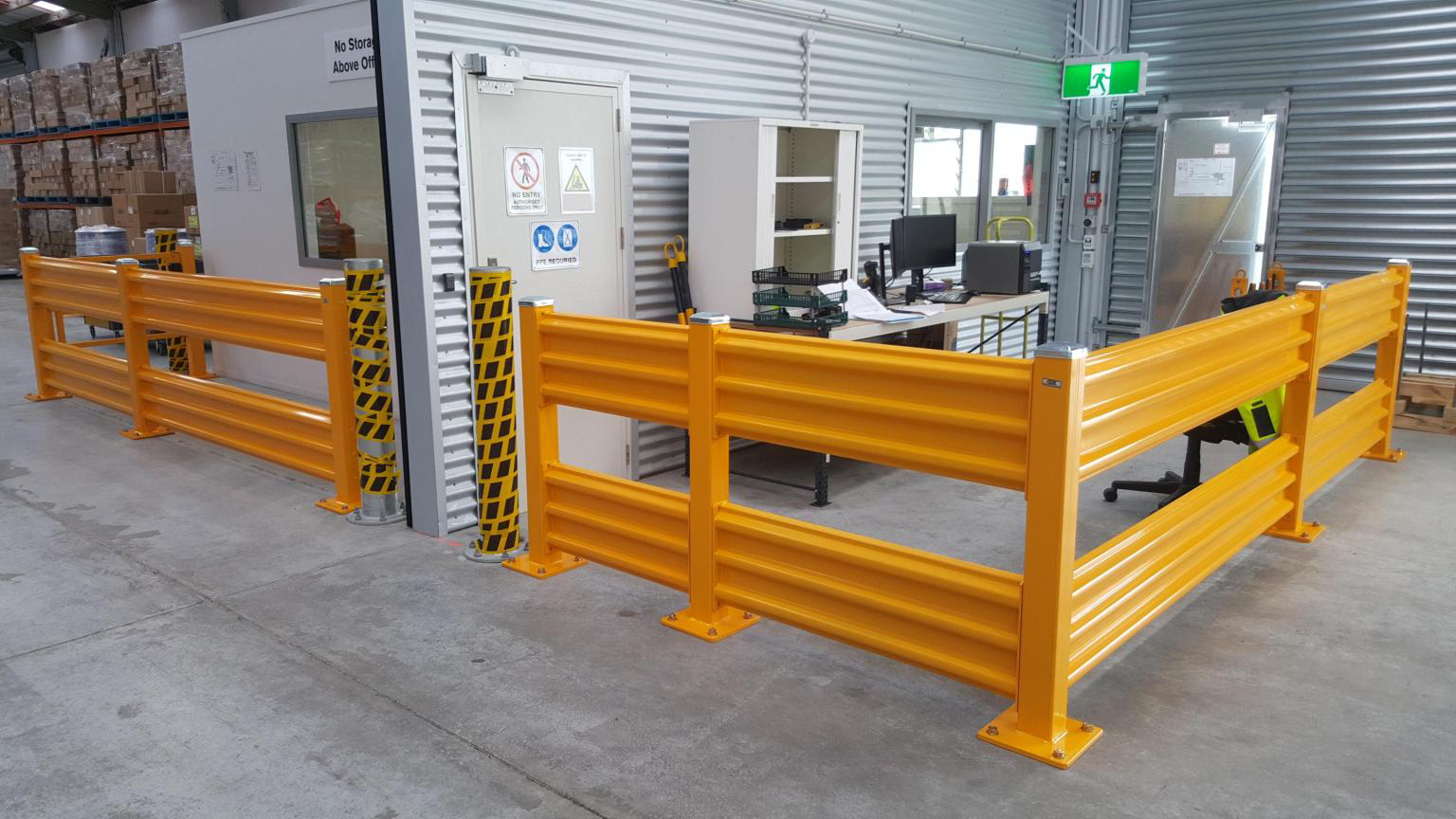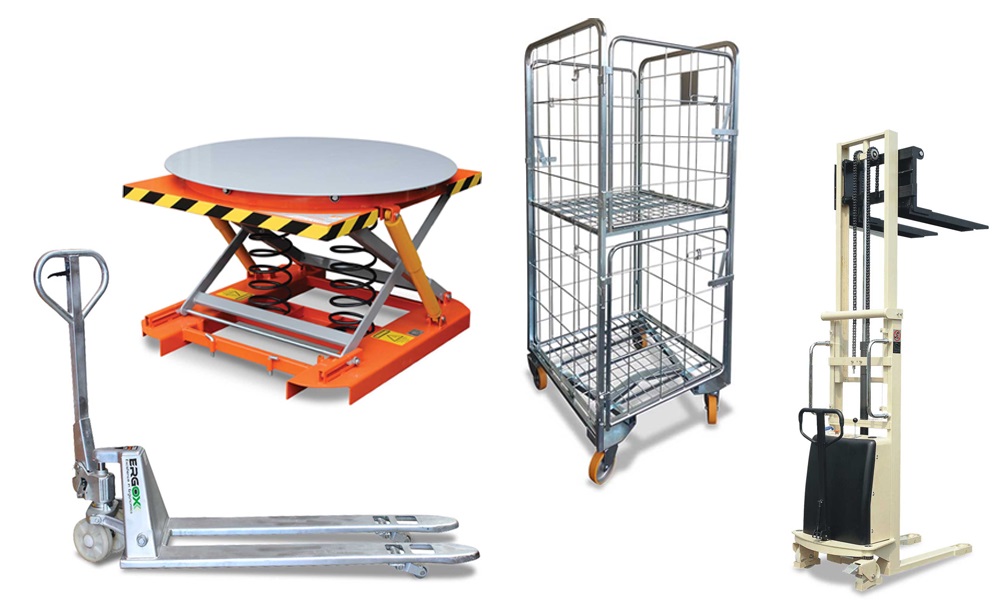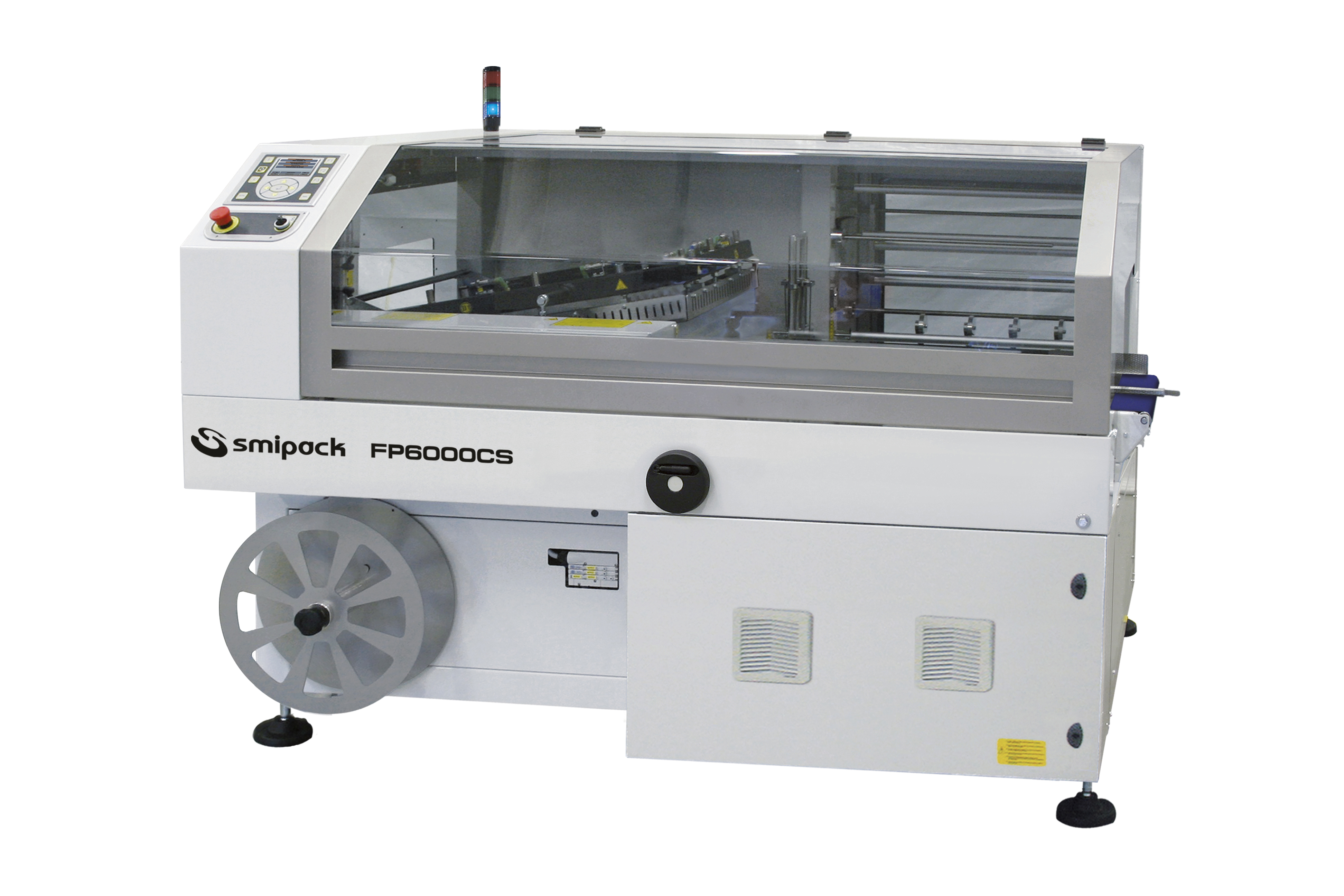Have you ever wondered what it takes to perform elevated work safely and efficiently in New Zealand's different industries such as building, maintenance, agriculture, and forestry? Whether you're a seasoned contractor, a savvy project manager, or a savvy business owner, one crucial factor sticks out: selecting the appropriate access equipment. But what factors should you take into account when selecting the best lifting and material handling equipment for your elevated tasks? We're about to embark on a journey to investigate exactly that - the most critical elements that demand your attention when it comes to selecting access equipment customised to the special demands of elevated work in New Zealand.
Assess the Job Requirements
The first step in choosing the correct access equipment is to thoroughly examine your job's specific requirements. Consider the following factors:
• Height: The initial aspect to consider is the vertical elevation required to execute your work properly. Every project, whether in building, maintenance, or another business, has specific height requirements. By accurately determining how high you need to reach, you may create the groundwork for picking the access equipment that best meets your requirements. Keep in mind that different tasks may require different levels of elevation, thus a precise measurement is required.
• Terrain: The second factor in your decision-making process is the location of the work. This includes a detailed assessment of whether the work area has a level, uneven, or rough surface. The terrain's characteristics have a significant impact on the type of access equipment you should use. A flat and level surface, for example, may enable the use of certain types of equipment, but uneven or difficult terrain may demand more specialised solutions to assure safety and efficiency.
• Reach: It is essential to define the type of reach required when you go more into the assessment of your project's requirements. Will your project necessitate mostly vertical elevation, horizontal outreach, or both? Some tasks may need the use of overreach access equipment, which allows you to extend beyond obstacles or tight places. Understanding your reach needs is critical for ensuring that the equipment you choose is capable of accommodating the breadth of your operation.
• Load Capacity: The load capacity of the access equipment is also an important element in the selection procedure. This requires calculating the total weight of the personnel, tools, and materials that the equipment will need to sustain during the course of the project. Ignoring this factor may result in safety issues and equipment malfunction. As a result, a detailed evaluation of load needs is required in order to make an informed decision.
Understand New Zealand Regulations
It is important to understand and comply with New Zealand's security regulations and requirements before selecting access equipment. WorkSafe New Zealand provides regulations and guidelines for elevated work platforms (EWPs) and other lifting equipment. Before undertaking your project, familiarise yourself with these regulations to safeguard the safety of your workers and to avoid legal difficulties.
Types of Access Equipment
"How can I choose the right access equipment for my project?". In New Zealand, you have a variety of access equipment options to choose from, including:
Scissor lifts enable vertical access and are ideal for indoor and outdoor applications with generally flat surfaces. They are appropriate for duties such as painting, electrical work, and maintenance.
• Painting a Commercial Building: Scissor lifts can offer vertical access for painters to reach high exterior walls securely and effectively while repainting a multi-story commercial structure.
• Warehouse Maintenance: Scissor lifts are ideal for jobs such as changing light fixtures, inspecting and repairing HVAC systems, and installing storage racks at various heights in a warehouse.
Boom lifts are articulated or telescopic lifts that can reach both vertically and horizontally. Boom lifts are extremely adaptable and can be used for a variety of operations like tree trimming, building maintenance and construction.
• Tree Trimming: In New Zealand's forestry industry, boom lifts are extensively employed for tree trimming and pruning, particularly in locations with towering native trees such as kauri or rimu.
• Construction of Multi-Story Buildings: Boom lifts can be used for jobs such as window installation, facade construction, and concrete pouring at multiple levels when constructing multi-story buildings.
Scaffolding is frequently used for larger constructions. It provides a stable platform for employees but may take longer to set up and remove than other solutions.
• Large-Scale Construction Projects: Scaffolding is frequently employed on large-scale building projects, such as the construction of a new shopping mall or a bridge, where a secure platform is required for extended periods of time.
• Historical Building Restoration: For the restoration of historic buildings, scaffolding provides a safe and customizable platform for artists and restoration professionals to access hard-to-reach regions
Ladders and step stools are useful for smaller activities or when vertical access is limited. Consider parameters like height and weight capacity when selecting the correct type and size of ladder for your project.
• Step Stool for Retail Displays: Step stools are frequently used by retailers to arrange items on high shelves or to create eye-catching displays. Because it will be visible to clients, choose a step stool that is compact and aesthetically beautiful.
• Fibreglass Ladder for Electrical operate: To operate safely around electricity, electricians frequently use non-conductive ladders. A fibreglass ladder is a good choice because it is non-conductive and can survive the varied weather conditions in New Zealand.
These examples show how various forms of access equipment are suited to individual projects throughout New Zealand's numerous industries.
Operator Training
Ensure that the operators are properly trained and certified to utilise the chosen access equipment. Proper training is required for safe operation and adherence to New Zealand legislation. Many New Zealand equipment rental companies provide training programmes for their equipment.
Maintenance and Inspection
Access equipment must be maintained and inspected on a regular basis to ensure safety and reliability. Create a maintenance schedule and do pre-use inspections to identify and repair any concerns as soon as possible.
For reliable access equipment solutions tailored to your needs in New Zealand, contact us.
Visit our website today to explore their wide range of equipment and services. Your elevated work projects deserve the best equipment and support, and we are here to provide just that.
